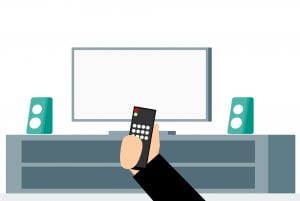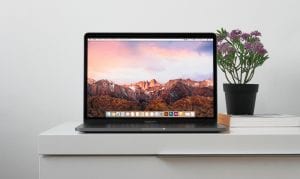
As a teacher I knew that there were copyright laws about the amount of work we were allowed to legally copy – 10% or 1 chapter of a book.
During this subject I have learnt that there is so much more to copyright in schools and it is the TL’s roles to make others in the school community aware of copyright laws. Whilst I used to teach students to acknowledge where they got the information from (that is, not to plagiarise) I used to wonder about copyright specifically for education. Questions arose such as:
- can a teacher copy parts of the text book, commercially produced work and worksheets for tests?
- is a student able to put licensed popular music in their presentations?
- Can the school use music for the bell song?
- Is it OK to copy class sets of worksheets?
- can you copy parts of videos and music to incorporate into your own work off the internet?
I found these answers and more on the Smartcopy website (National Copyright Unit, n.d.-a) , which details copyright information specifically for education institutions in Australia.
My main takeaways from the site were that Australian educational providers have extra allowances to the copyright laws under two licences.
- The Education Licence A: Statutory Broadcast Licence (National Copyright Unit, n.d.-b) which relates to the copying of television and radio programs; and
- The Education Licence B: Statutory Text and Artistic Works Licence (National Copyright Unit, n.d.-c) which outlines guidelines for copying literary, dramatic, musical and artistic works.
Schools are covered by extra licences relating to music and video files. These are the:
- Education Licence C: APRA Licence relating to public performance and communication of music (National Copyright Unit, n.d.-d),
- Education Licence D: AMCOS Licence for photocopying of printed musical works (National Copyright Unit, n.d. -e); and
- Education Licence E: AMCOS/ARIA/APRA Licence for reproduction of musical works and sound recordings (National Copyright Unit, n.d.-f).
However, the licences must be read carefully as there are certain criteria to be met and some services/copying are excluded (for example, streaming services such as Netflix).
A copyright infringement I was unaware of was that schools are breaking copyright if they show/view movies unless it is for an educational purpose. If the viewing is for a non-educational purpose (such as showing on a bus trip, wet weather entertainment etc) the school must have a co-curricular licence. This is not a blanket licence cover for NSW Department of Education schools. (National Copyright Unit, n.d. -g).
The rules of copyright can be complex, however, the Smartcopying website is relatively straight forward, easy to understand and has provided answers to my questions.
References:
National Copyright Unit. (n.d.-a). Smartcopying. http://www.smartcopying.edu.au/home
National Copyright Unit. (n.d.-b). Education Licence A: Statutory Broadcast Licence. Smartcopying. http://www.smartcopying.edu.au/copyright-guidelines/education-licences-(statutory-and-voluntary-licences)/education-licence-a-statutory-broadcast-licence
National Copyright Unit. (n.d.-c). Education Licence B: Statutory Text and Artistic Works Licence. Smartcopying. http://www.smartcopying.edu.au/copyright-guidelines/education-licences-(statutory-and-voluntary-licences)/education-licence-b-statutory-text-and-artistic-works-licence
National Copyright Unit. (n.d.-d). Education Licence C: APRA Licence. Smartcopying. http://www.smartcopying.edu.au/copyright-guidelines/education-licences-(statutory-and-voluntary-licences)/education-licence-c-apra-licence
National Copyright Unit. (n.d.-e). Education Licence D: AMCOS Licence. Smartcopying. http://www.smartcopying.edu.au/copyright-guidelines/education-licences-(statutory-and-voluntary-licences)/education-licence-d-amcos-licence
National Copyright Unit. (n.d.-f). Education Licence E: AMCOS/ARIA/APRA Licence. Smartcopying. http://www.smartcopying.edu.au/copyright-guidelines/education-licences-(statutory-and-voluntary-licences)/education-licence-e-amcos-aria-apra-licence
National Copyright Unit. (n.d.-g). Playing Films for Non-Educational Purposes. Smartcopying. http://www.smartcopying.edu.au/information-sheets/schools/playing-films-for-non-educational-purposes

